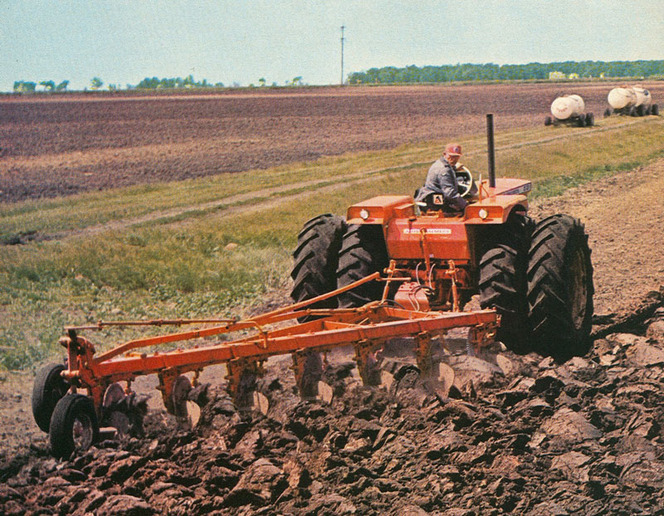Ken Macfarlane
Well-known Member
In furrow has always bothered me, packing the soil down where it won't be loosened unless a subsoiler comes along.
I've always wondered why on land isn't more popular and heres what I've got so far:
1) Need enough hp to sink at least 5 16" bottoms, 6 is easier for proper line of draft.
2) Can't pull as many bottoms on land because the sod doesn't offer as much traction as the bottom of the furrow, especially if damp.
3)Duals make you need more bottoms to stay on land
4)It is harder to plow straight on land.
So with GPS, could you drop a bottom and plow with the line of draft off a bit?
I've always wondered why on land isn't more popular and heres what I've got so far:
1) Need enough hp to sink at least 5 16" bottoms, 6 is easier for proper line of draft.
2) Can't pull as many bottoms on land because the sod doesn't offer as much traction as the bottom of the furrow, especially if damp.
3)Duals make you need more bottoms to stay on land
4)It is harder to plow straight on land.
So with GPS, could you drop a bottom and plow with the line of draft off a bit?


